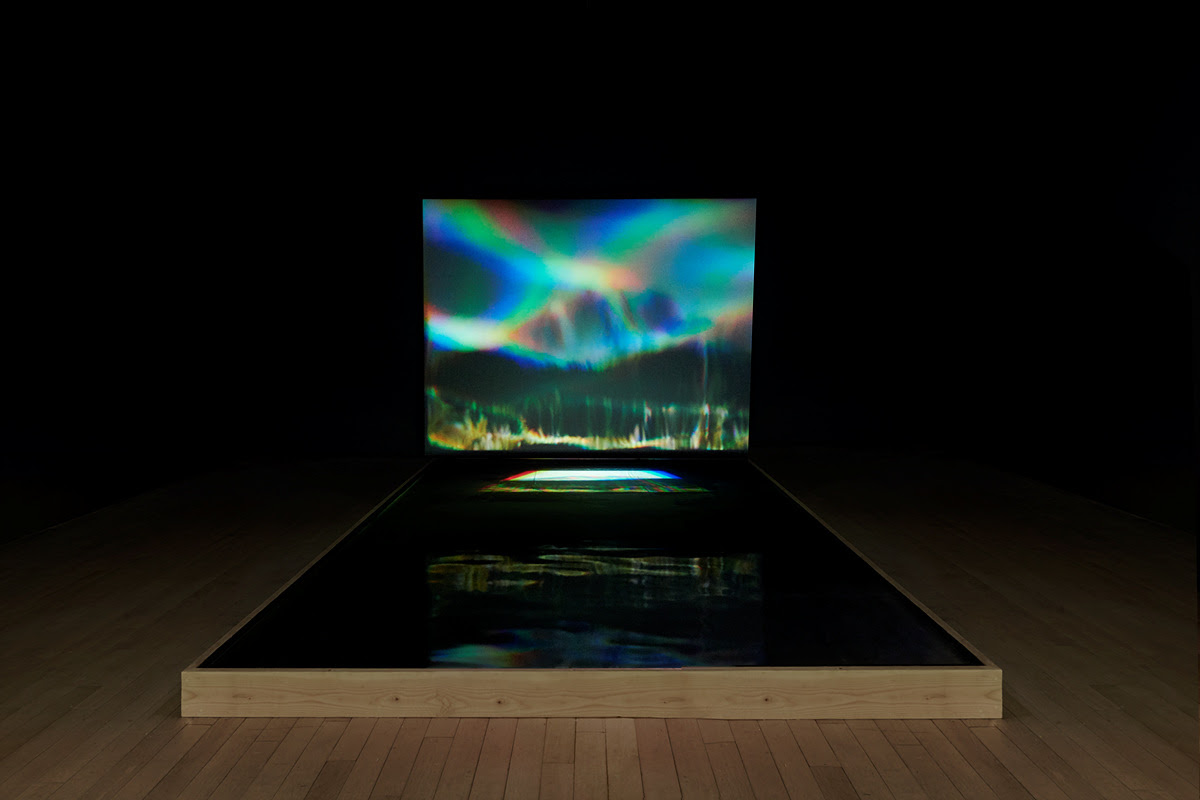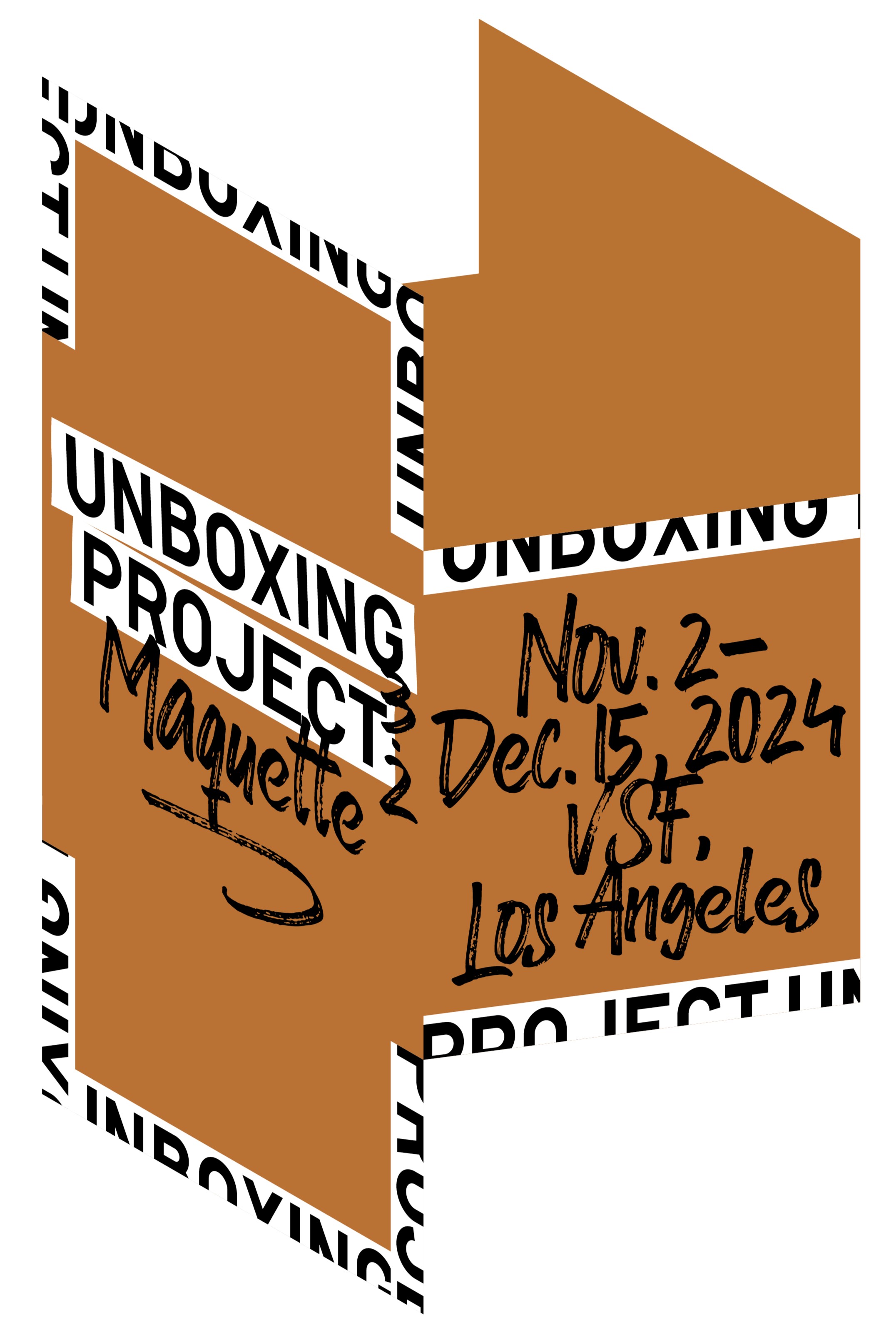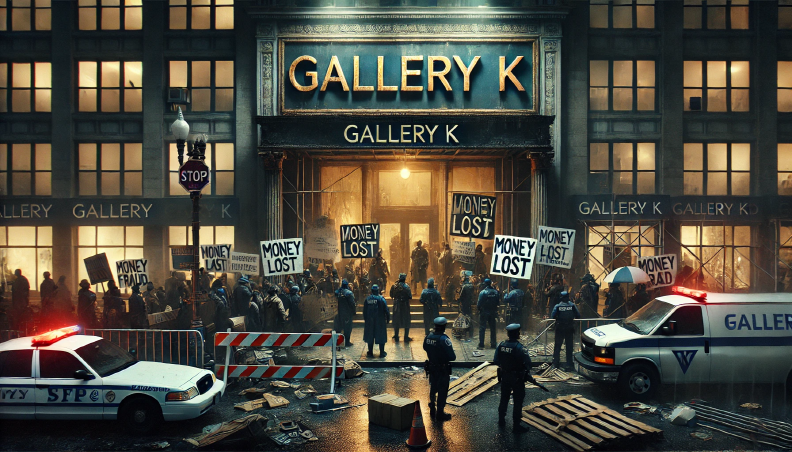 “Nostalgics on realities” Installation view at Thaddaeus Ropac Seoul ©Thaddaeus Ropac Seoul
“Nostalgics on realities” Installation view at Thaddaeus Ropac Seoul ©Thaddaeus Ropac SeoulThaddaeus Ropac Seoul presents the group exhibition “Nostalgics on realities” through March 9. Curated by Kim Sung woo, “Nostalgics on realities” presents new and recent work by six contemporary artists: Jesse Chun, Eugene Jung, Yongju Kwon, Minsun, Hwayeon Nam and Yooyun Yang. Following the three-person show “Myths of Our Time” in 2023, this group exhibition is the second at Thaddaeus Ropac Seoul to focus solely on Korean artists, highlighting their diverse contributions to Korea’s thriving contemporary art scene.
Paintings, drawings, sculptures and video are brought together across the first and second floors of the gallery in an investigation of the relationships between reality, time and nostalgia. “Nostalgics on realities” explores an intertwining of the past and present and the imagined futures that might stem from them. Here, the ‘nostalgic’ refers to the nature of the fragmented phenomena that construct the present, here and now, through a process of retrogression and return that disrupts linear timelines. The participating artists reconceive how we might engage with the world around us through our interactions with natural, manmade and digital environments.
Interdisciplinary artist Jesse Chun (b. 1984) breaks language into visual and aural fragments to dismantle its embedded cultural and political power structures, particularly those relating to the traditional hierarchies established between English and non-Western languages. Pursuing acts of dismantling and decentralisation, Chun terms this process ‘unlanguaging’. A group of concrete poems demonstrate her technique of cutting abstracted linguistic forms into paper to reimagine traditional Korean shamanic techniques, reasserting historically marginalised practices within her work.
Building alternate realities, Eugene Jung (b. 1995) creates post-apocalyptic environments with sculptural works and installations that respond to the disasters of our time. Building the forms of her ruined structures from scratch, she often employs a cartoon-like style to consider how catastrophes are sensationalised in the media and popular culture, illuminating, in turn, the complex relationships between reality and its construction.
Reflecting his sustained investigation into labour and artmaking, Yongju Kwon (b. 1977) repurposes everyday objects and industrial materials to capture the minutiae of life through his sculptural practice. In one body of work, he reimagines the traditional activity of seokbujak in which orchids (and other flora) are planted onto rocks to create microcosmic scenes of nature. Kwon replaces the rocks with poured concrete shaped into rugged, cliff-like forms, which are perched atop the ends of brooms and mops to playfully intersect ideas relating to work, play and the natural and manmade worlds.
The passage of time is a central concern in the interdisciplinary and deeply research-based practice of Hwayeon Nam (b. 1979) as she explores historical and future narratives ranging from modernist dance to space exploration. Nam’s corroded copper plates evidence her processual way of working, standing as a record of the durational transformation of the metal as it becomes increasingly textural in nature and acquires an almost topographical quality.
In drawings, paintings and experiments with photographic materials, Minsun (b. 1977) examines the meeting points between humans and nature. She understands her landscapes to be sites within which she is able to project her emotions and existential enquiries about the human condition. She pursues an interest in how the world might be encountered through the body using a rich variety of techniques, including creating pencil rubbings from the bark of a tree to convey the texture of the skin of a figure’s face.
Exploring what she describes as the present ‘age of anxiety’, Yooyun Yang (b. 1985) creates large, painted compositions of figures and isolated objects on jangji, a traditional handmade Korean paper derived from mulberry tree bark. Exploring the dramatic potential of light and shadow, Yang evokes a sense of nostalgia through the cinematic, hazy quality of her enigmatic paintings and the unexpected perspectives she offers of her subjects, which are achieved through close crops of her original photographic source material.




















